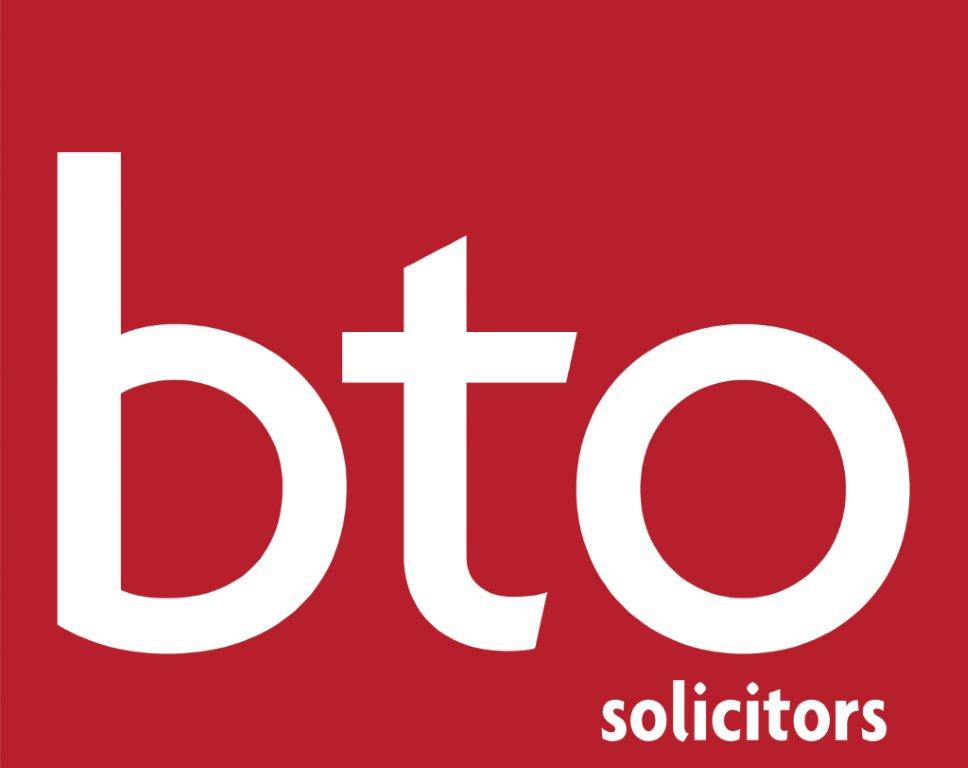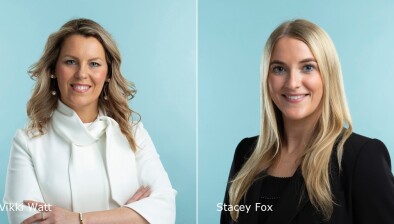Jonathan Tait: EU Copyright Directive – is this the answer or will it leave creatives worse off?

Jonathan Tait
Jonathan Tait comments on a controversial EU directive aimed at protecting copyright holders.
The monetisation of IP throughout internet usage has increased exponentially in recent times and introduction of the new snappily titled European Union Directive on Copyright in the Digital Single Market is intended to update existing copyright laws for the internet age.
The Directive is designed to limit how copyrighted material is used and shared online, placing a much greater responsibility on platforms to ensure that the material being used by these platforms does not violate copyright.
Currently, platforms such as YouTube and Facebook which extract huge profits from the exploitation of content do not have any responsibility for copyright violations happening on their platforms other than to remove offending content as and when is is brought to their attention. The new measures would make online platforms and aggregator sites liable for any copyright infringements.
One of the more controversial sections of the Directive centres around the much maligned Article 13. Critics of the Directive, and there are many, are warning that this article will mean the “end of the internet” and are using the #saveyourinternet hashtag in order to generate awareness and ultimately gather support for the removal, or severe change of Article 13 from the Directive.
Article 13 aims to make platforms take responsibility for effecting any take-downs of infringing material. This seems on the face of it a reasonable step. However, there is a lot of dissension in the ranks as to how exactly the said platforms are to actually identify and remove any infringing material.
The Directive has gone through several versions to date, but an earlier version referred to “proportionate content recognition technologies” which to some seems to suggest that platforms will be expected to introduce filters which would, in essence, have to scan every piece of uploaded material and cross-reference it against a database of copyrighted material. In an ideal world this seems a sensible approach but in the real world it opens up massive potential for abuse of the database.
Further issues surround Article 11 which is intended to get news aggregator sites to pay publishers for content used in the articles they post on their platforms. Again a seemingly sensible and fair proposition, but questions arise surrounding how this would be qualified and quantified.
There have been a number of versions of the Directive already and certain compromises have had to be reached including where filters must be uploaded by all internet sites except under three conditions:
• Those whose site has been available for three years or less;
• Those sites who have an annual turnover of below €10 Million;
• Where the platform has fewer than 5 million monthly users.
These exceptions aside, small to medium platforms which fit the above criteria must still be able to demonstrate “best effort” in their attempt to obtain licenses from rights holders and it could be the case that those smaller platforms are strong-armed to have to accept any deal given to them by rights holders so as to not put themselves at risk under Article 13.
The current version of the Copyright Directive now goes into the final stages of trilogues — this is a type of three-way dialogue between select members of the European Parliament, the European Commission, and representatives of the member states. This process happens mostly behind closed doors so there will be very little public oversight of the process.
The overarching principle behind the Directive is sound and I do not believe that anyone in the creative sector would view any attempt at granting their copyright greater protection as a negative, but it would appear there is still a way to go before the Directive can deliver on what it purports to do.

Jonathan Tait is a solicitor at BTO LLP









